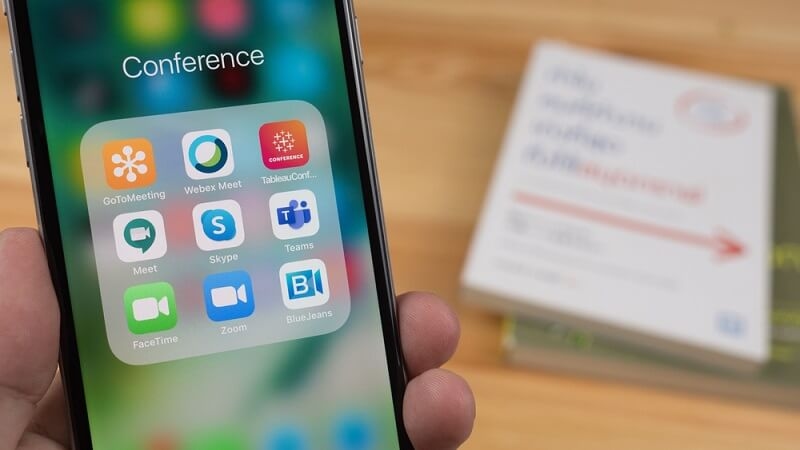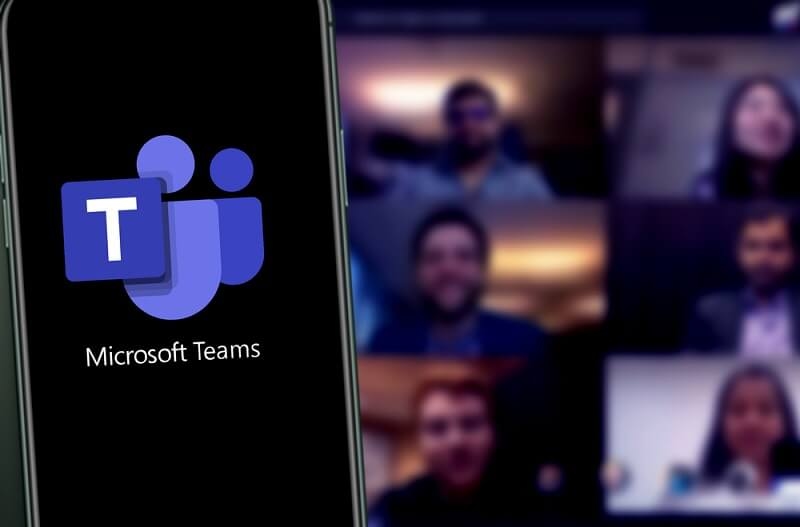
Effective communication will always be paramount as the digital workspace continues to evolve. Whether overseeing a fully remote startup or running a hybrid enterprise team, selecting the best collaboration software makes a huge difference in productivity, employee engagement, and project completion! Slack, Microsoft Teams, and Discord are three well-known players. While not every team collaboration app is created equal, the best tool for your remote team will depend on your workflow, team size, and communication style.
This guide will look at Slack vs Microsoft Teams vs Discord, comparing them in terms of interface, pricing, integrations, features of team collaboration apps & secure communication tools. Let's dive in!
Before comparing the tools feature for feature, it’s essential first to understand where they came from:
While all three now have professional use cases, their philosophy for design and usage differs significantly, affecting how teams adopt and experience each tool.
Slack's UI is very clean, simple, and aesthetically pleasing. It is arranged longitudinally on the screen's left side, allowing users to share channels and direct messages. As an added benefit, customizable themes, emoji reactions, and threaded conversations exist, which makes managing chats a little easier.

Teams has a UI that is deeply integrated into Office 365. Although it is much more cluttered than Slack's, it excels in file-sharing features and uses tabs to help with organization. Teams are set up around organizations, with many channels for each group, which is great for bigger companies.
Discord has a cool, highly responsive UI that emphasizes real-time communication and transparency. Its best feature is open voice channels, which are higher quality than Slack. Working in Discord can feel like working in a virtual coworking space. Discord does not have threaded conversations, but its roles/permissions approach can provide you with granular control if necessary.
Verdict:
All three tools support channels, file sharing, and search functionality, but their unique features make them shine in different scenarios.
| Feature | Slack | Microsoft Teams | Discord |
| Threaded Conversations | Yes | Yes | No |
| Voice/Video Calling | Yes | Yes (Teams meetings) | Yes (Superb voice channels) |
| Screen Sharing | Yes | Yes | Yes |
| File Sharing & Storage | Yes (limits on free tier) | Deep OneDrive integration | Limited, but usable |
| Bots and Automation | Extensive | Strong via Power Automate | Moderate |
| Status Updates | Custom statuses | Presence indicators | Custom status + rich presence |
| Calendar Integration | Third-party (Google, Outlook) | Native with Outlook/365 | Basic calendar bots only |
Verdict:
Choose Slack for its clean collaboration tools and broad third-party app support, Teams if you're already in the Microsoft ecosystem, and Discord if your team thrives on voice-first, open communication.
One of the most crucial factors for productivity is how well your communication tool integrates with the rest of your tech stack.
Slack supports over 2,000+ integrations, including Trello, Asana, Zoom, Google Drive, and GitHub. It’s a powerhouse for automation and cross-app workflows. With Slack’s API, you can also build custom bots and workflows.
Microsoft Teams shines with deep Office 365 integration—Outlook, Excel, SharePoint, and OneDrive work seamlessly. Teams also supports third-party apps, but the ecosystem is more limited than Slack's.
Discord’s integrations are more developer-friendly. It has webhooks, bots, and community-created extensions. It’s suitable for tech-savvy teams, but may require more setup to match Slack or Teams’ functionality.
Verdict:
Understanding the cost-to-value ratio is essential when selecting a communication platform. Here's a simplified breakdown:
Verdict:
While Discord’s roots lie in gaming, it's quickly becoming a favorite for remote-first and creative teams. Here’s why:
Discord lacks core business features like native calendar or document integrations, which may make it less suitable for more formal or regulated environments.
Best use cases for Discord in business:
When comparing security in communication tools, especially for remote teams handling sensitive data, it's essential to scrutinize features such as encryption, access control, and compliance.
Verdict:
Offers firm support, an active user community, extensive documentation, and in-app help.
Leverages Microsoft’s global support infrastructure and knowledge base. Support can be slower due to corporate scale.
It has a passionate developer and creator community, thousands of bots and self-help resources, and limited formal business support.
| Use Case | Recommended Tool |
Startups and small teams | Slack or Discord |
| Enterprise teams in the Microsoft ecosystem | Microsoft Teams |
| Creative or voice-first remote teams | Discord |
| Teams focused on file management & meetings | Microsoft Teams |
| Workflow automation & app integrations | Slack |
| Budget-conscious remote workers | Discord (free tier) |
| Regulated industries | Microsoft Teams or Slack |
There is no universal solution for your team regarding Slack, Microsoft Teams, or Discord. Your selection will depend on how your team works, what applications your team uses, and how they prefer to communicate.
As remote work continues to become the new standard, the features of the right team collaboration app may help or hinder productivity. Whether you're mulling over Slack pricing vs Teams comparison or even looking into Discord for your professional use, now is the time to match your tool to your team's DNA.
This content was created by AI